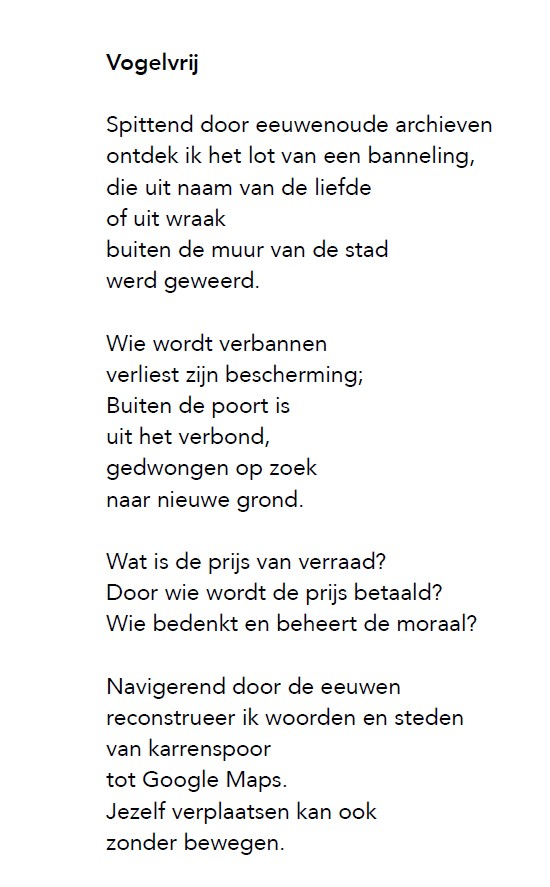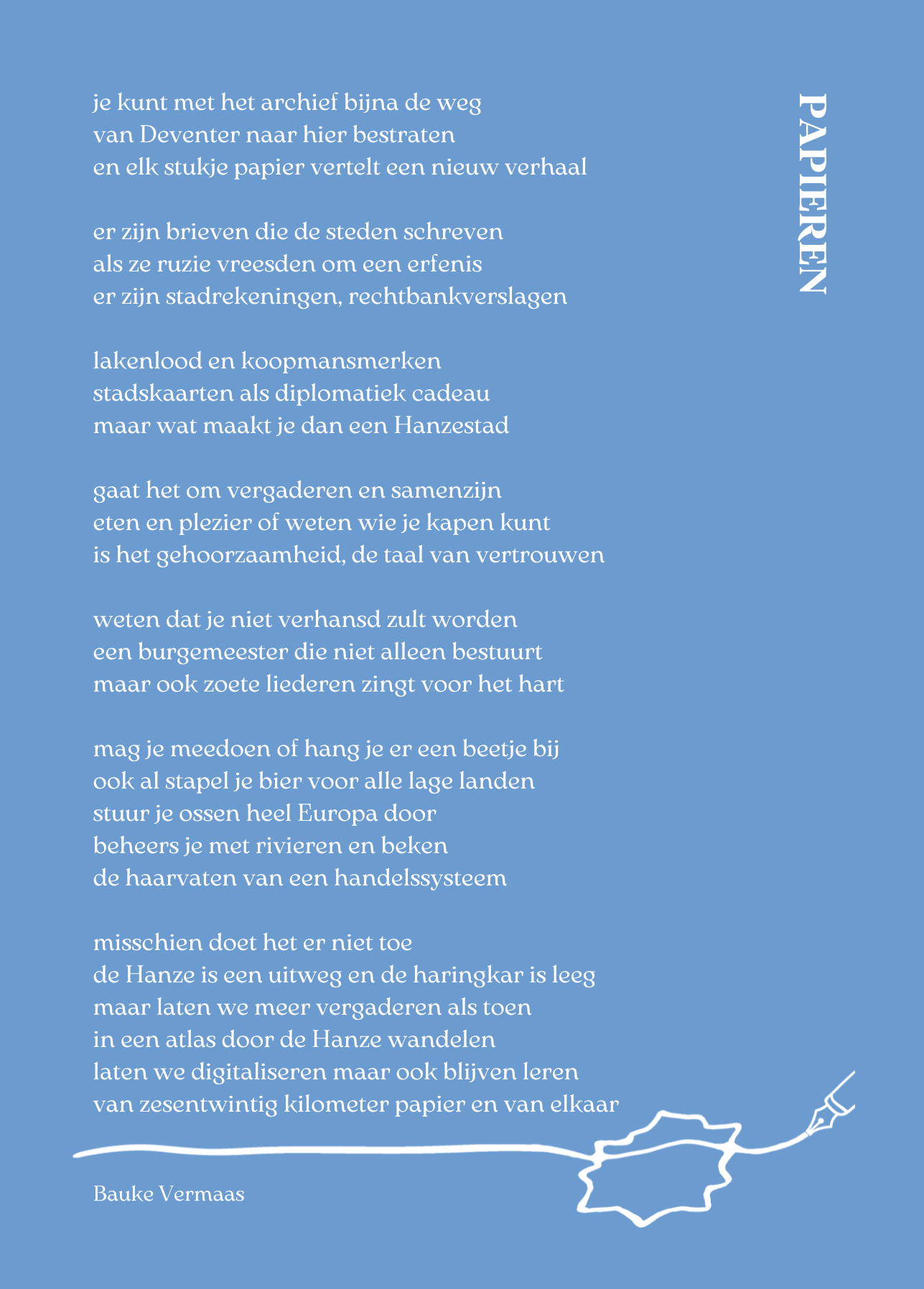History in conflict webinar: introducing the modern edition
Justyna Wubs-MrozewiczAttention! We’re talking about history here, and it’s important. This might be the summary of the online webinar on #historyinconflict held on June, 25th (2022), where we addressed the role of bringing up historical narratives in conflicts in the 19th-21st centuries. It was the third instalment in a series of webinars, after meetings on medieval and early modern conflicts. Now our attention has turned to modern conflicts: for instance, WWII in the Netherlands, border struggles in South America from the 19th century onwards, tensions related to religious reforms in India in the 20th century, and the perceptions of the past in post-WWII Poland or Vietnam. The insights we gained from the fascinating papers that were presented, and the discussions that followed, show that references to the past have clearly gained a foothold as powerful and versatile tools. And that they grab our attention and often create controversy.
Historians like Margaret Macmillan and Timothy Snyder have rightly pointed out that history has been used, abused and re-used many times over, sometimes in a cyclical fashion. The editors of the newly minted Journal of Applied History underline that our current engagement with the past – especially during conflicts – is a topic that in fact more than merits our attention: ‘The accumulation of crises in the new millennium, as well as the omnipresence of the instrumentalisation—and abuse—of history and historical claims in a highly polarised political climate may have increased public awareness of the value of historical thinking for the present, but these developments have also made such awareness more urgent.’ A crucial issue here is the role of professional historians: what part have they played in conflicts in the 20th century, and what role are they playing or should they play now? Is debunking myths enough, or should the spokespeople of the past be more activist or creative?
The agency of historians in conflicts is a relatively new topic in comparison to the medieval and early modern conflicts. The tasks of chroniclers, and their definitions of history, were not debated in premodern times. In premodern conflicts, it was primarily the conflict parties who resorted to talking about the past, whether they were merchants involved in a lawsuit or diplomats during peace treaty negotiations – sometimes using chroniclers to amplify their voices. The conflict parties have never fallen silent and can still be heard in modern guises, but they have now been joined by politicians, journalists and modern propagandists, amongst others. With the mediatization of conflicts in the modern era, references to the past have also been mediatized by all those with access to media like TV, books, newspapers, radio or the internet. The use of history in conflicts has been ubiquitous – and at the same time malleable in the hands of all who see it as a resource. No wonder that various parties have made efforts to create mnemonic security, that is fixate memories in the public understanding of the past (Maria Mälkasoo, Tatiana Zhurzhenko).
Taking findings from the medieval and early modern webinars into account, three puzzles emerge. The first puzzle is that ‘let’s follow the example of our ancestors’ and ‘history can repeat itself’ tropes, which have resurfaced in modern conflicts, in fact refer to a cyclical view of history which has been dismissed as premodern (see the brief discussion on Koselleck here). Premodern historical topics like crusades or wars of independence have also been highly favoured as mirrors and idealized points of reference, sometimes with an expressed desire to return to these times (in practice, it is hardly a literal desire). The second puzzle is that both historians and other ‘users of history’ in the modern era sometimes forget that engagement with the past has always taken place, in a far more variegated way than (blunt) propaganda, which is the most common association with the use of history nowadays. Both the medieval and early modern examples show there was a sophisticated ‘applied history’ by conflict parties in a various types of coflicts, way back then. And finally, the third puzzle is that the uses of history in modern times seem to be less future-oriented than in premodern times, where a post-conflict life often had to be imagined already during the conflict. In modern conflicts, this may in fact disguise a lack of a clear idea of the future (Snyder), but it can also be related to mediatization. Media are primarily used to convince the own side of the conflict, or the allies of the own group. At least in this sample of papers, there seems to be less concern about the future of the relations with the adversary: history in modern conflicts seems to be a tool for a ‘here and now’.
We would like to highlight the following specific points from the papers presented during the webinar and the ensuing discussions:
•references to history have been key in the vocabularies of nationhood and nationalism, whether we look at Hungary or South America;
•references to the past can be adapted to measure by skillful politicians – or ring hollow;
•well-known elements of local, national or global history can be used for legitimization purposes or to point out the hypocrisy of the opponent;
•the same story, figure or source could be used by various groups at the same time;
•the references can be expressed in various ways, including through dress (e.g. as sartorial nationalism);
•references to the past can consist of a thin layer of knowledge and a thick layer of myth;
•still, ad-hoc presentation and inconsistencies can sometimes be of no consequence for the effectiveness and impact of the narrative;
•translations can play a vital role in the presentation of a historical argument, and make it more universal;
•a debunking historian can sometimes face resentment from those who see him or her as either too professional or not professional enough.
For the summaries of the papers and contact details of the speakers, follow the links:
Noé Cornago: ‘From contending plots to social semiosis: diplomacy, historical narratives and the rise of the modern public sphere.’
Marjet Brolsma and Vincent Kuitenbrouwer: ‘Using history for propagandistic purposes in Dutch-language media during the Second World War.’
James Bjork: ‘Crusaders: Christianization and Germanization in Poland's Late-20th Century Memory Wars.’
Krisztina Lajosi-Moore: ‘The Afterlives of the Kuruc-Labanc Conflict in Hungarian History.’
Yolanda Rodríguez Pérez: ‘The past as warning through word and image: the transnational case of a Dutch illustrated broadsheet (1598).’
Rimko van der Maar: ‘Conflict, memory and history in the writings of Ho Chi Minh, 1920-1960.’
Margrit Pernau: ‘The Prophet of Islam and his Time as an Argument - but for what?.’
Obviously, this digital anthology covers some, but not all possible aspects of the use of history in modern conflicts. We welcome constructive comments and further examples here, on our Twitter account or via e-mail (j.j.wubs-mrozewicz AT uva.nl).
Justyna Wubs-Mrozewicz
Blog posts with summaries by Ester Zoomer, Christian Manger and Alex Collin.


